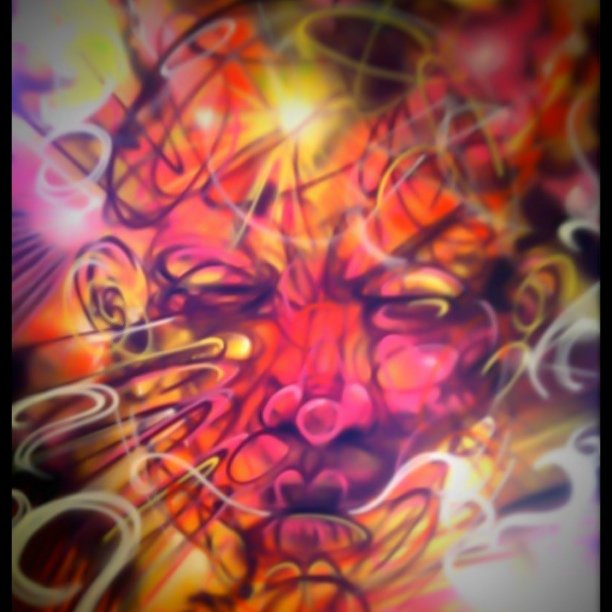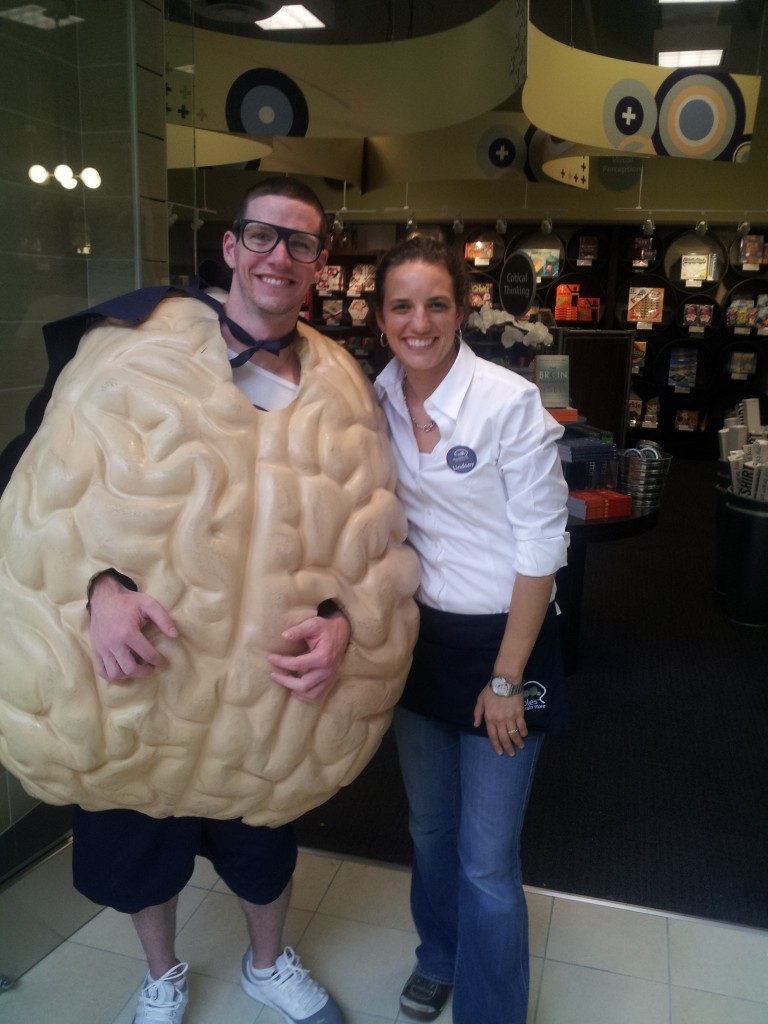Every day we are exposed to massive amounts of information, a big part of which has a purely commercial character. Catalogs and sales coupons arriving in our mail box, e-newsletters cluttering our email, billboards blinking at us with deals and offers.
Trying to protect itself, our brain often switches off when it is presented with excessive information, especially related to brand promotions. And in fact, we are becoming increasingly inventive as to how to guard ourselves from information overload.

However, some companies manage to get on our radar screen, and hide quietly in our heads until the right moment comes.
How do they do that? Maybe we remember some of the products we’ve seen advertised on TV. Or a company logo we’ve seen. But most of all, we store this information in the form of shapes, and images, especially if there’s an emotional charge associated with them.
Chances are, you remember a lot of brands by their brand mascots — cartoon-like characters which serve as a marketing communications tool that infuses brands with emotions and personality.
Ronald McDonald, the Michelin man, the Lacoste crocodile, Travelocity Roaming Gnome — these brand mascots have helped their “parent” companies become known and successful for many years and decades in a row. To replicate this successful marketing tool first introduced by some well-established companies in the 19th century (Michelin is believed to be one of the first companies to have adopted a mascot), now even start-ups increasingly use brand mascots to market their products. Brand mascots also exist in services, and the business-to-business context. For instance, an email marketing software company from NYC called MadMimi with an eccentric looking lady as its mascot.
Although many companies have tried to introduce mascots, not all of them have been as successful as the Michelin man. Most of them go unnoticed, and play absolutely no role in our purchasing decisions.
Why do some mascots end up on our brand radar screen, whereas others fail to do so? Besides rather apparent reasons (“I don’t like the product, so I don’t really care about how fantastic your mascot is”) — we often crowd out even good quality products promoted with fun brand mascots from our brains. The answer may lie in the kinds of mascots the companies choose.
It is not actually so easy to come up with a fun character that will be your brand’s ambassador. Whereas it may seem straightforward to do it for companies that already have a character as part of their company’s name, (such as a fox for my own company SCHMOOZY FOX, or a cucumber for Spicy Pickle, a chain of restaurants in Colorado), others often go through excruciating brainstorming sessions trying to come up with an attractive mascot. What we as consumers see as a result of this is often counterintuitive and at first sight doesn’t have anything to do with the business of the company in question. For instance, why is the French fashion brand Lacoste so strongly associated with the crocodile? And why exactly is it a gnome who does all the traveling on behalf of Travelocity.com?
Lindsay Gaskins, founder and CEO of Marbles — a chain of retail stores that sell games, puzzles and software to engage and develop the brain — says that given the nature of the business, “It was a no brainer to choose the brain as our mascot”. But within Marbles, there was a feeling that the Brain would be soulless without a name. To improve the situation, a Facebook campaign on the Marbles fan page generated customers’ competition for the best name, so now the mascot is called Albert the Brain (a clear allusion to Albert Einstein).
- Lindsay Gaskins, CEO of Marbles: The Brain Store, poses with mascot Albert the Brain at the Northshore Mall in Peabody, MA. Photo courtesy of Marbles: The Brain Store.
Many successful mascots are human-like characters. Travelocity PR Manager Joel Frey says, “The concept of the Roaming Gnome was pitched to us by ad agency McKinney in 2003. At the time, we felt an icon like Roaming Gnome would help us differentiate our brand from our competitors and it has. I believe that the idea borrows from the meme of a traveling gnome (OS: which involves stealing a gnome, traveling with it, taking photos of the gnome set against various locations, and then returning it to the owner along with the photos) that dates to the 80s in Australia.”
For Gary Levitt, founder and CEO of MadMimi, the process of choosing the right mascot was a matter of infusing his company with personality. He acknowledges that the mascot selection process was both planned, but also spontaneous, especially the “mad” part of the name. “I shared an office with a company called Madstone Productions, and because the mimi.com domain was already taken… I kinda just stuck “mad” at the beginning… making madmimi.com,” says Levitt. As a result, the graphic designer who created the personality of Mad Mimi, had to express this “madness” in Mimi’s eccentric look.
In all the examples above, the companies chose human-like characters as brand mascots. From the point of view of marketing, and psychology, this is an important observation.
A leading authority on brand mascots and anthropomorphic marketing, Stephen Brown, professor of marketing at the University of Ulster, says that the success of a brand mascot is related to how distant the mascot character is from the human. In his paper Where the wild brands are: some thoughts on anthropomorphic marketing, (Brown, Stephen., Marketing Review, Fall 2010, Vol. 10, issue 3, pp. 209-224).
Brown concludes that fictional human characters are most popular brand mascots, followed by birds, domestic animals, and wild animals. Insects, aquatic creatures, vegetables and body parts (!) have much less popularity, although some insects such as bees and lady birds are often chosen as mascots. In these cases, they are made to look cute and friendly, with human-like faces.
Mascots are fascinating as they are present in our lives on so many levels. Although their main goal is to help sell products or services, they also entertain and inspire, and even motivate their parent companies to do something exemplary — for instance Lacoste committing to the protection of the crocodile.
So next time you see a friendly face peering out at you in a store, stop and think: what is it telling me about the product? And what is it telling me about me?
